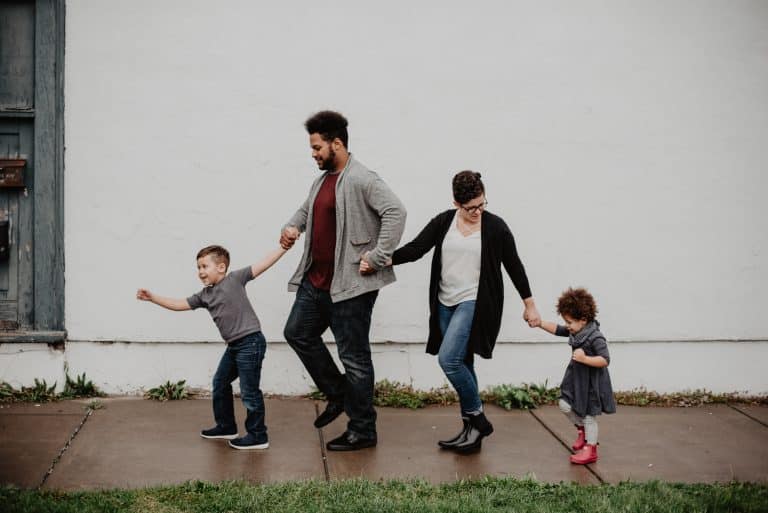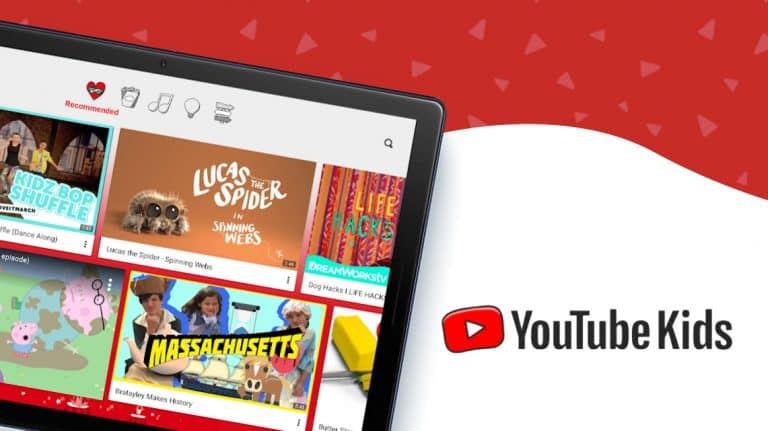Step Four – Agree
Sometimes young people don’t know the rules or how to moderate their behaviour. Get our advice on how to set and agree with your child about what they can do online including sites to visit, appropriate behaviours and limitations in this section of the Online Safety Parent Toolkit. WHERE TO GET STARTED Discuss the experience…

Sometimes young people don’t know the rules or how to moderate their behaviour. Get our advice on how to set and agree with your child about what they can do online including sites to visit, appropriate behaviours and limitations in this section of the Online Safety Parent Toolkit.
WHERE TO GET STARTED
Discuss the experience your child might have online including the benefits and challenges the internet and technology introduces. Talk to your child about the type of behaviours you’d like them to adopt and reinforce that what they do leaves a permanent digital footprint.
Ensuring everyone is on the same page, and has agreed with the expectations that come along with being online, helps your child understand some of the challenges they may face while ensuring they enjoy the endless opportunities to learn, connect and be entertained.
Young people should understand that everyone faces challenges online. Talk about the issues you have encountered even if it’s as simple as you forgot your password and explain how you resolved it.
AGREE ON EXPECTATIONS
One of the most helpful things you can do with your child is to set expectations and come to an agreement about what you’d like them to do online. Talking to your child about the type of behaviours you’d like them to adopt is really important in achieving and agreeing on what is right for your household.
- A balanced amount of time online
- The apps and sites that are appropriate to use
- How their behaviour impacts on others
- What types of information is safe to share online
- Where they should go for advice (parents, another trusted adult, a teacher or Netsafe)
The approaches you decide to take will be different depending on the age and stage of your child – and what you feel comfortable discussing. For example, a primary school student might agree with their parents to only use a device in a place within the house where they can be monitored, whereas a 17-year-old might be able to use their tablet in their bedroom but on the condition a filter is used.
Technological options like parental controls can help, but they work best when teamed with online safety education.
FAMILY SAFE ONLINE TREATY
Setting aside time to create a family code with your child about online activities is a practical step the whole family can be involved in. Netsafe has developed a series of Family Safe Online Treaties which are a valuable starting point. By creating one with your child it allows you to talk about what you value as a family and what suits you all best. It’s also important that you encourage your child to talk to you about what they are doing online and when anything is worrying them. Regardless of what it is, and what caused it, try not to overreact
ONLINE SAFETY PARENT TOOLKIT
You’re currently within the ‘Agree’ section of our Online Safety Parent Toolkit where we suggest families agree on a code that best suits them.
This is the fourth step in our seven step framework designed to help parents and whānau with digital parenting in a rapidly changing world. We recommend reading through each step of the Toolkit as this will guide you on how to support your child to confidently access digital opportunities and reduce online harm.
CONTACT NETSAFE
If you’re concerned about the immediate safety of you or someone else, please call 111. If you want help or expert incident advice, you can contact us. Our service is free, non-judgemental and available seven days a week.
- Email [email protected]
- Call toll free on 0508 NETSAFE (0508 638 723)
- Online report at netsafe.org.nz/report
- Text ‘Netsafe’ to 4282
KEEP UP TO DATE
Follow us on social media and sign up to our enewsletter for alerts, news and tips.







